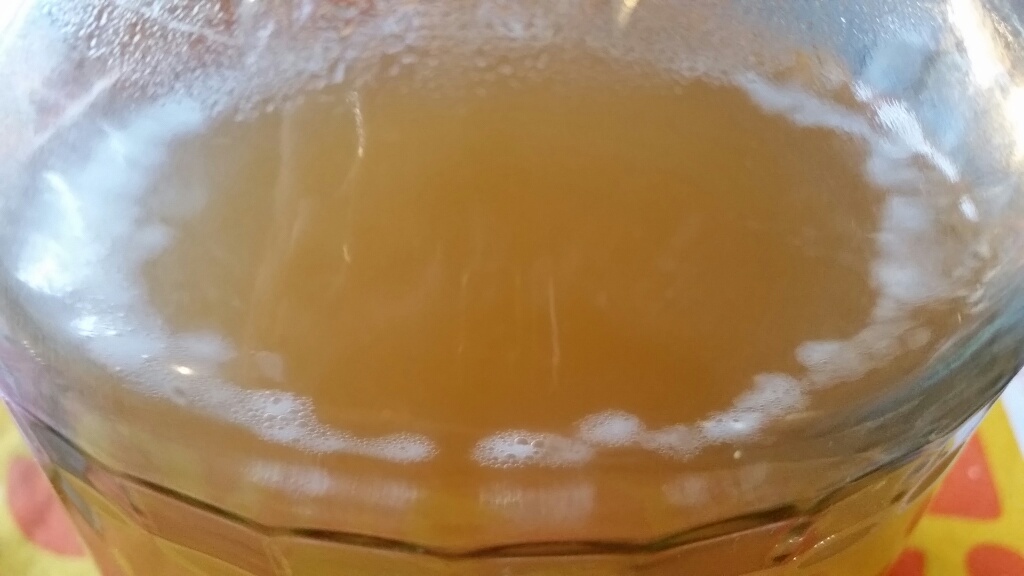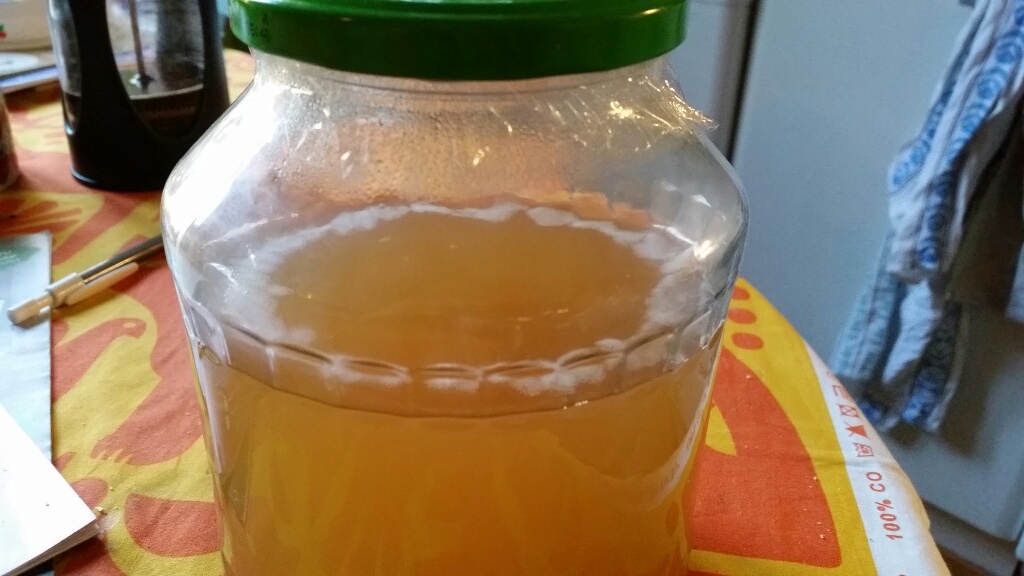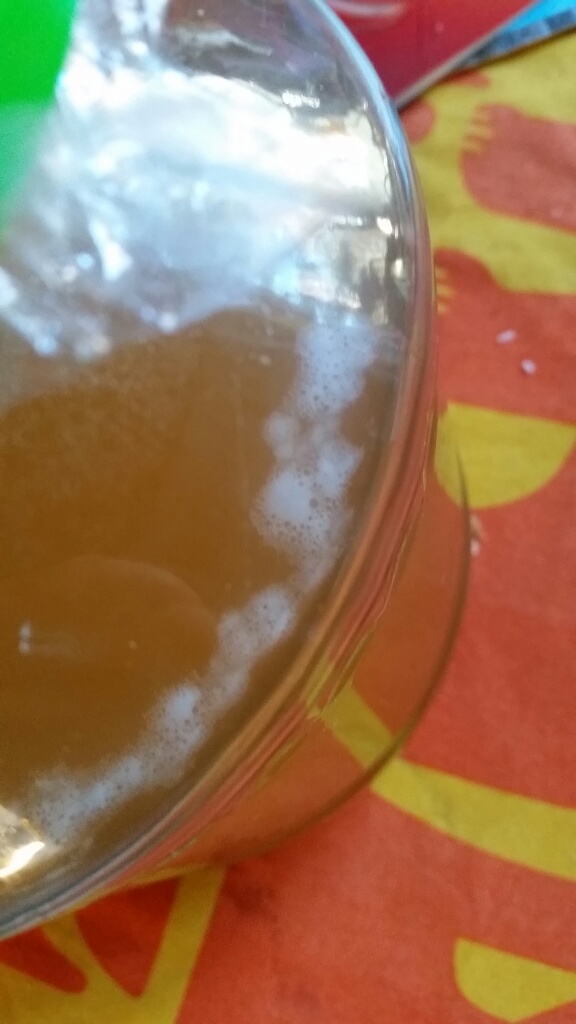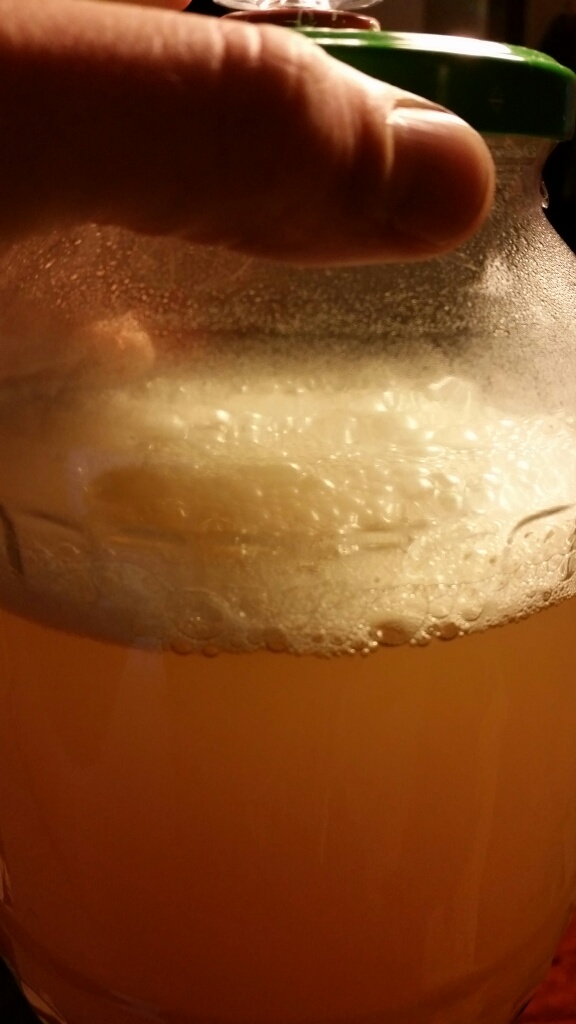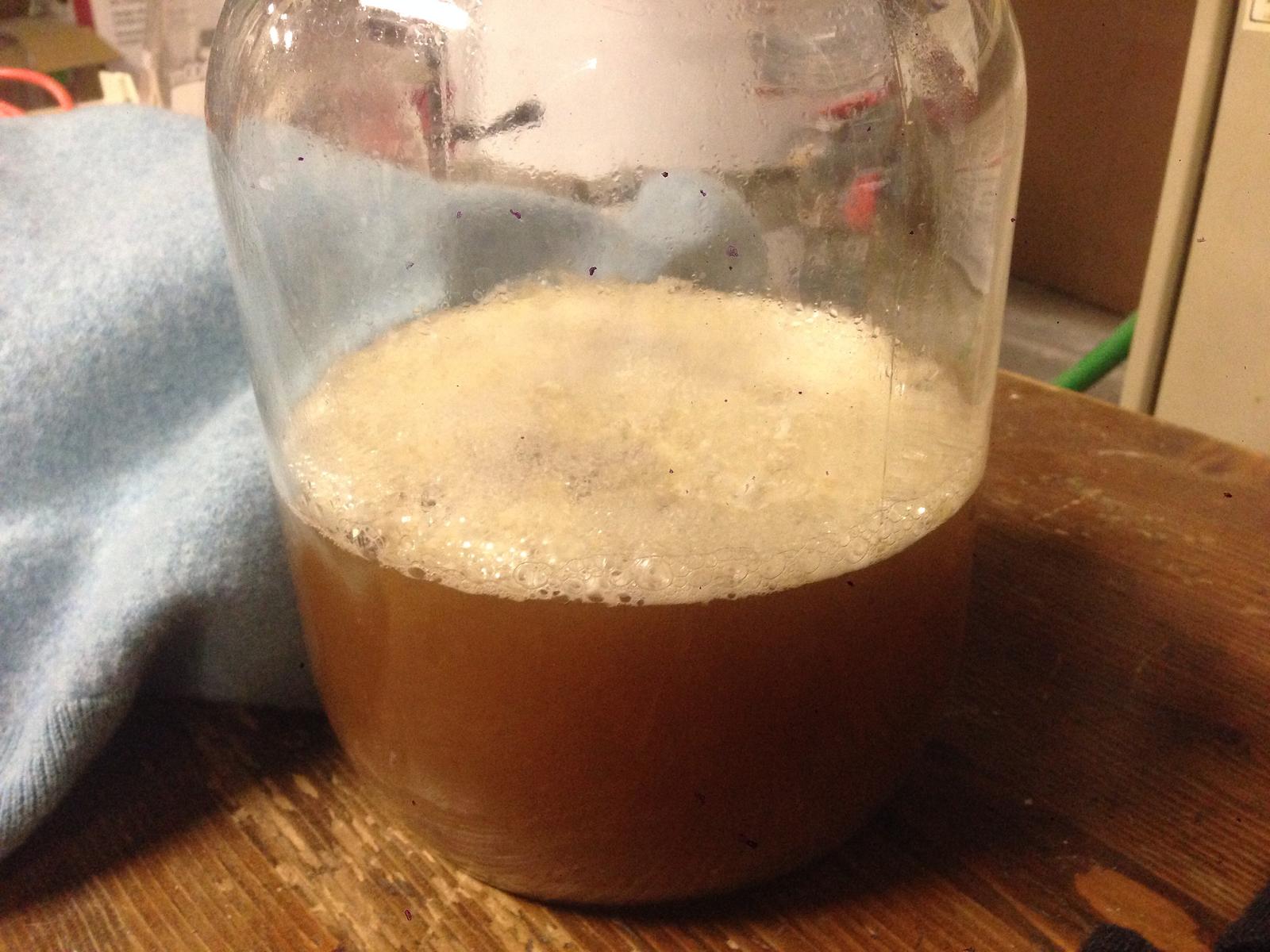onkeltuka
Well-Known Member
I've now attempted twice to make a "wild" starter. I boil DME for 15 mins, add some hops and Servomyces, pour the whole thing into a big glass jar (1.5 liters), cover the opening with a cheese cloth, and take the whole thing to cool into the garden. With these two prior attempts I left them out for the whole night, and in the morning I attached a lid with a airlock.
Neither one ever showed any kind of foaming, krauesen, or bubbling of the airlock. Both grew a few light coloured floating "patches" on the surface. The first one smelled strongly of vinegar, and the second smelled like pickled cucumbers and sweat. Discarded them both.
Today I made a third one, just like the previous ones. I took it out and put some chokeberries (Aronia) on the cheesecloth, in the hope that there would be some yeasts on them.
Is it possible that my lid isn't airtight (although it should be)? Would that let the souring microbes take over? Any tips on how to improve my process?
Thanks!
Neither one ever showed any kind of foaming, krauesen, or bubbling of the airlock. Both grew a few light coloured floating "patches" on the surface. The first one smelled strongly of vinegar, and the second smelled like pickled cucumbers and sweat. Discarded them both.
Today I made a third one, just like the previous ones. I took it out and put some chokeberries (Aronia) on the cheesecloth, in the hope that there would be some yeasts on them.
Is it possible that my lid isn't airtight (although it should be)? Would that let the souring microbes take over? Any tips on how to improve my process?
Thanks!















































![Craft A Brew - Safale S-04 Dry Yeast - Fermentis - English Ale Dry Yeast - For English and American Ales and Hard Apple Ciders - Ingredients for Home Brewing - Beer Making Supplies - [1 Pack]](https://m.media-amazon.com/images/I/41fVGNh6JfL._SL500_.jpg)










